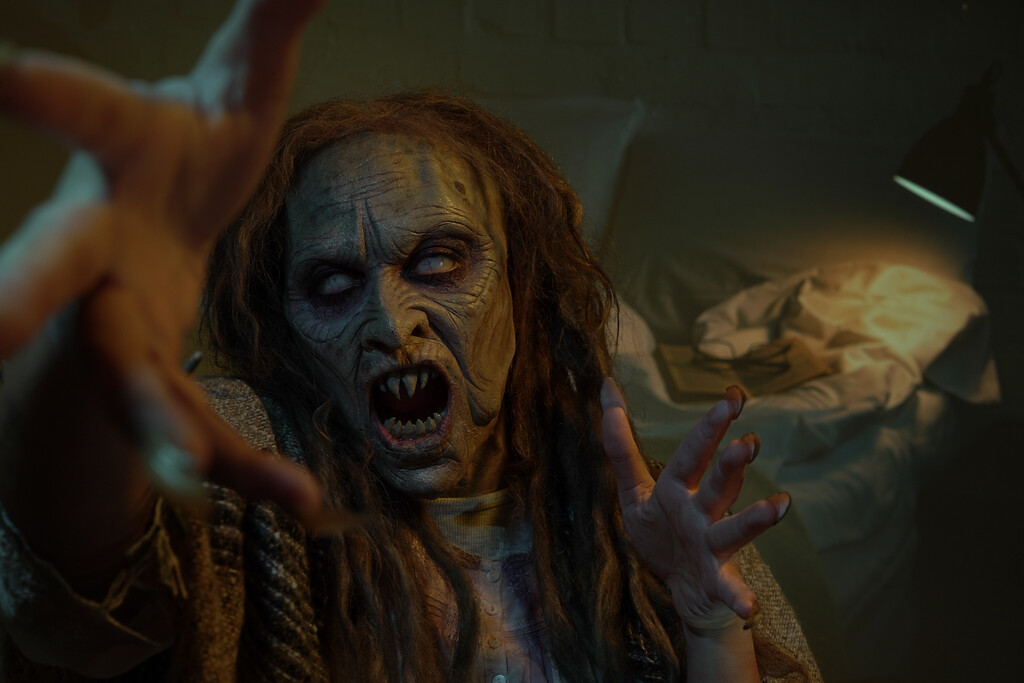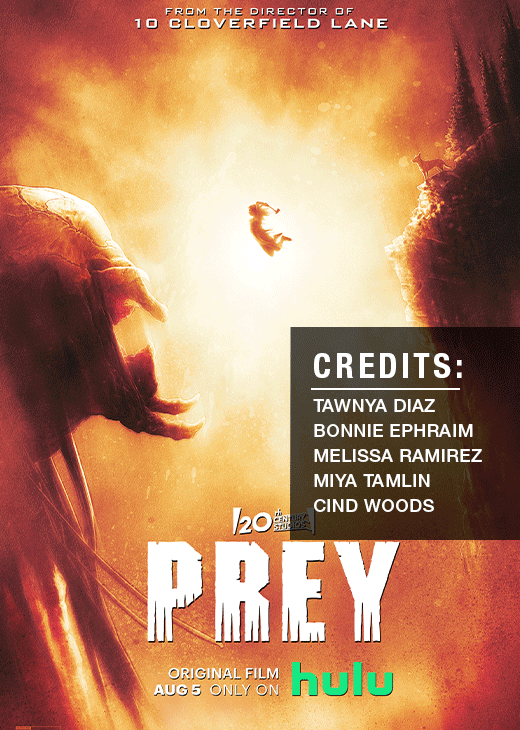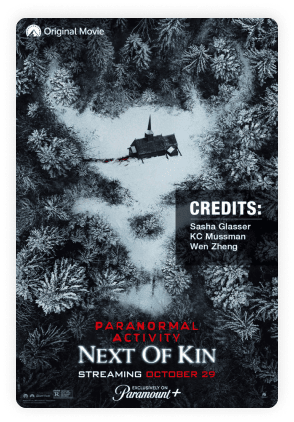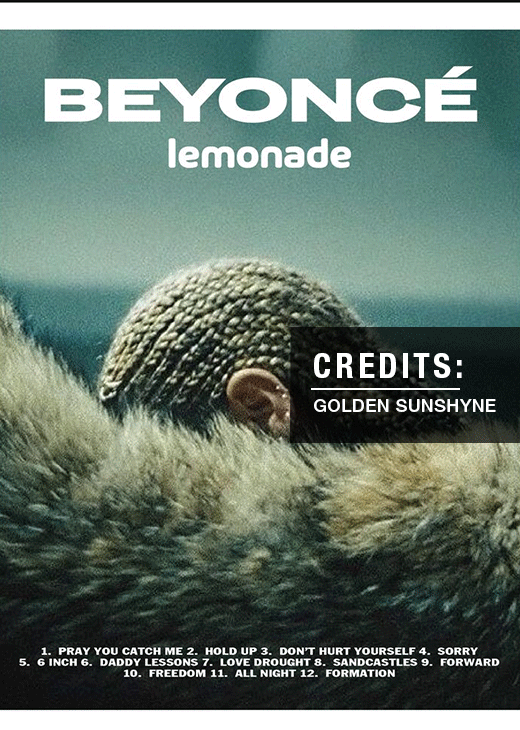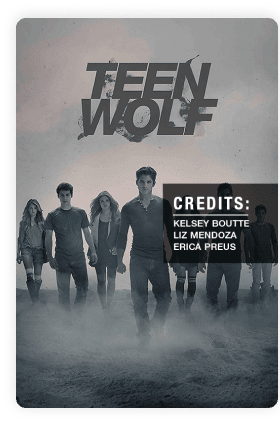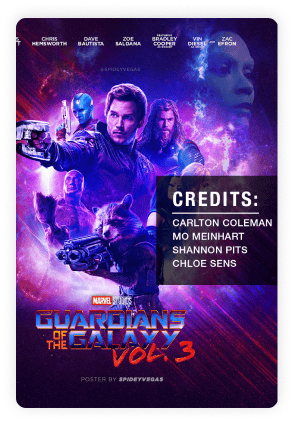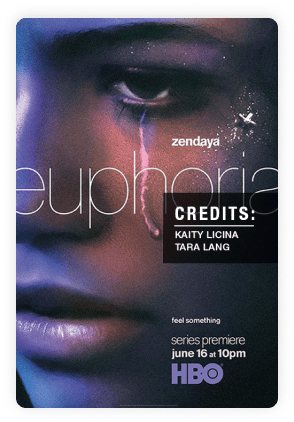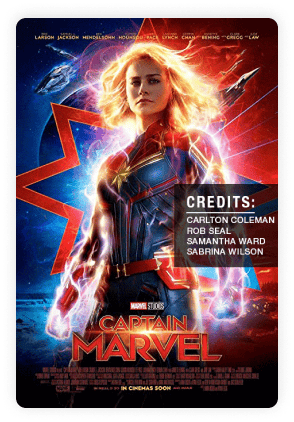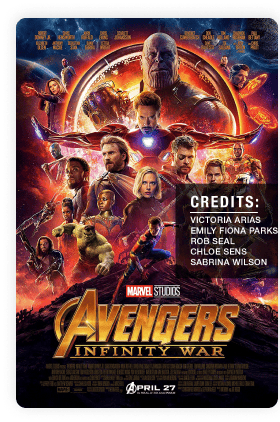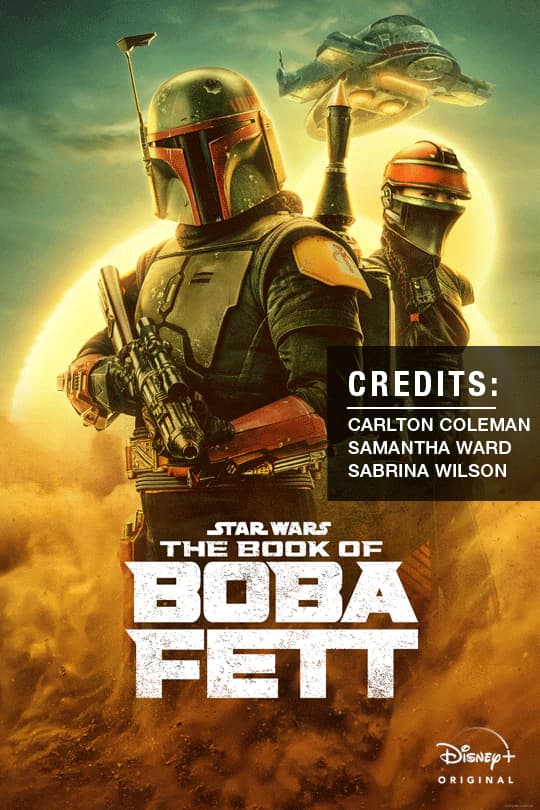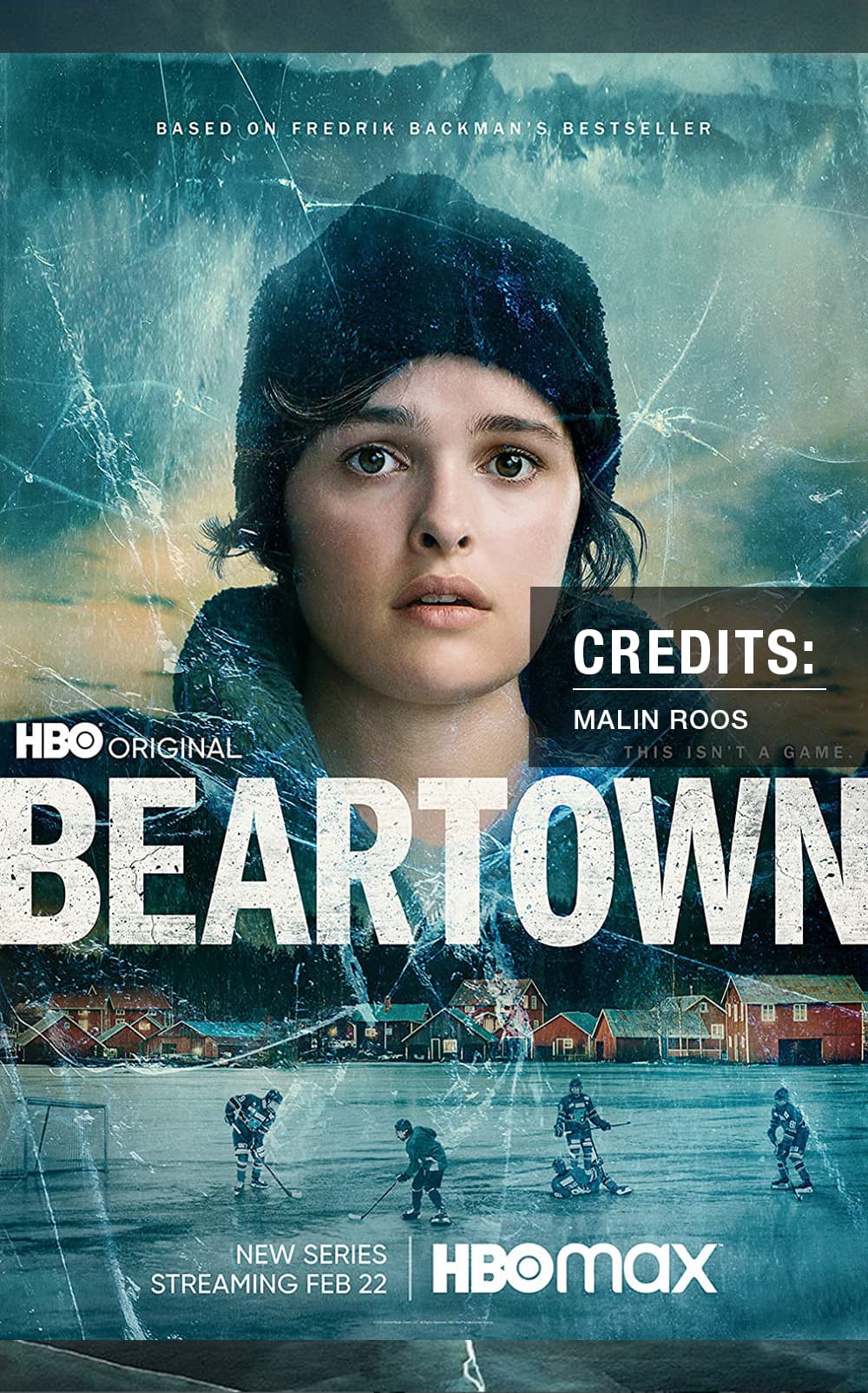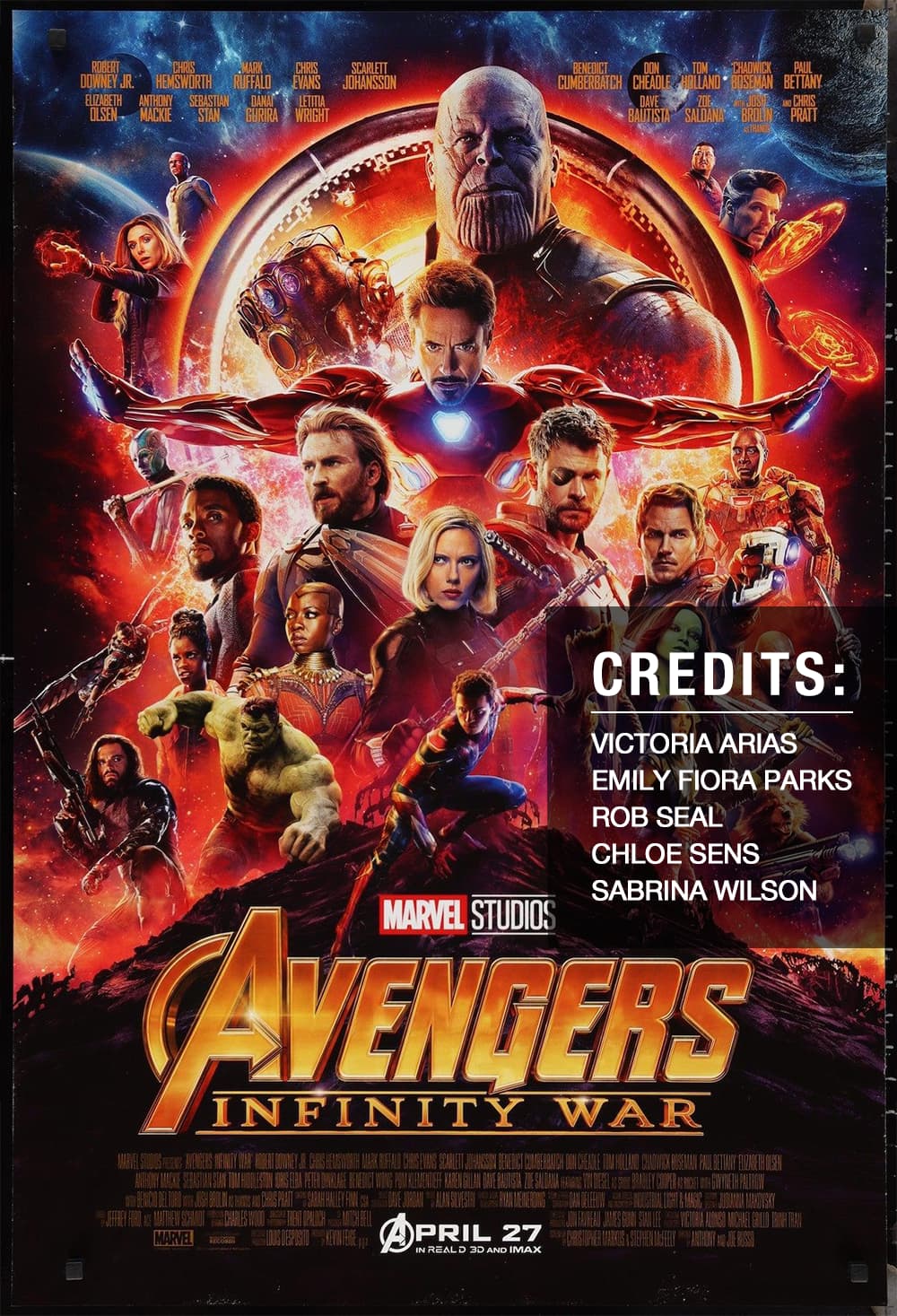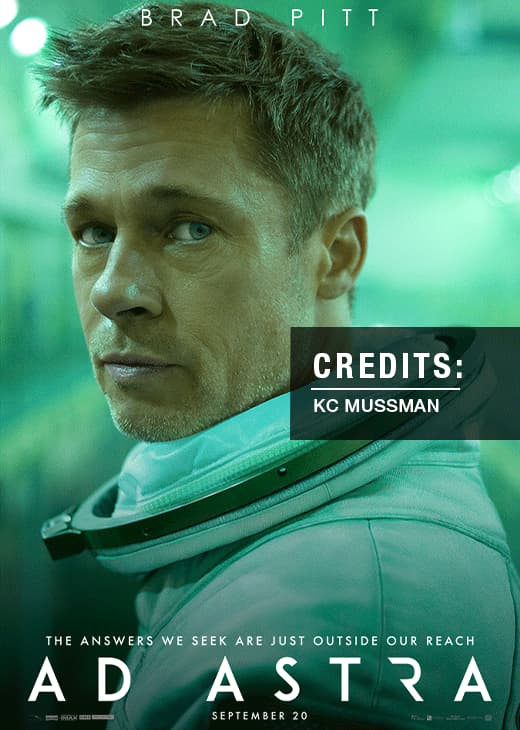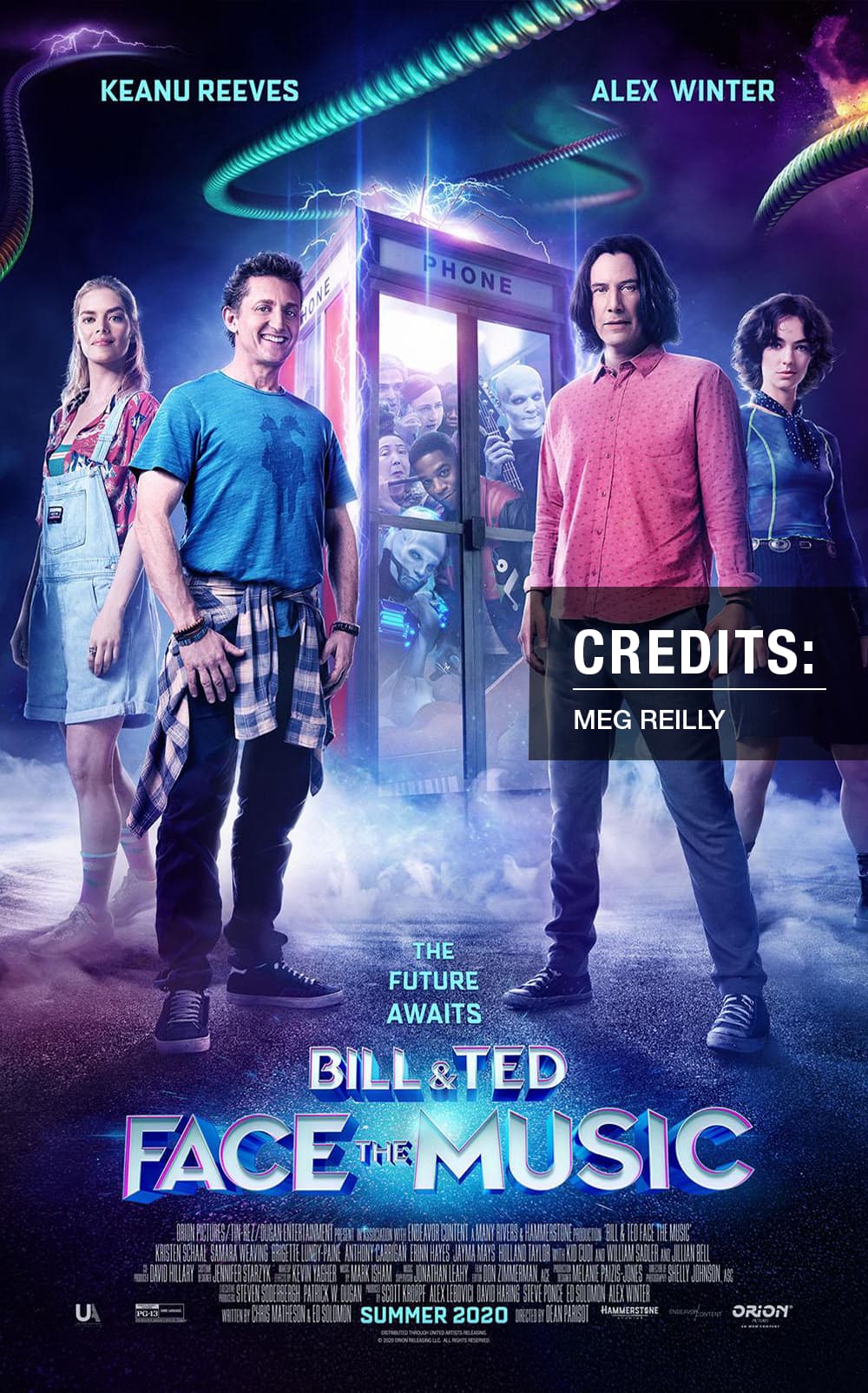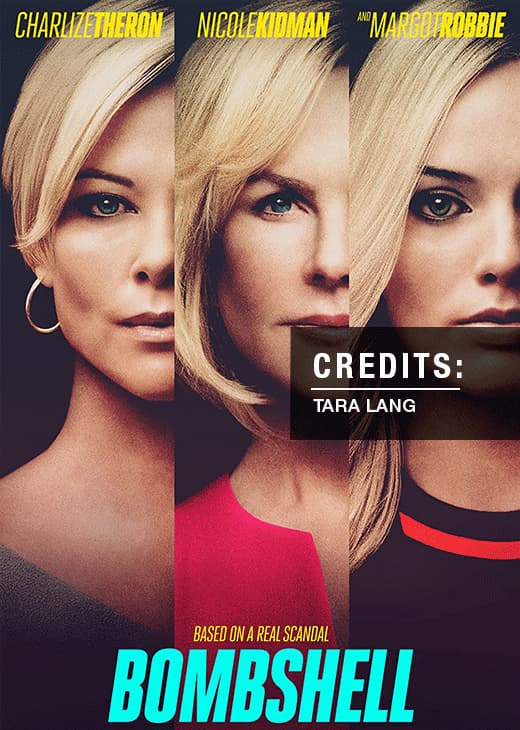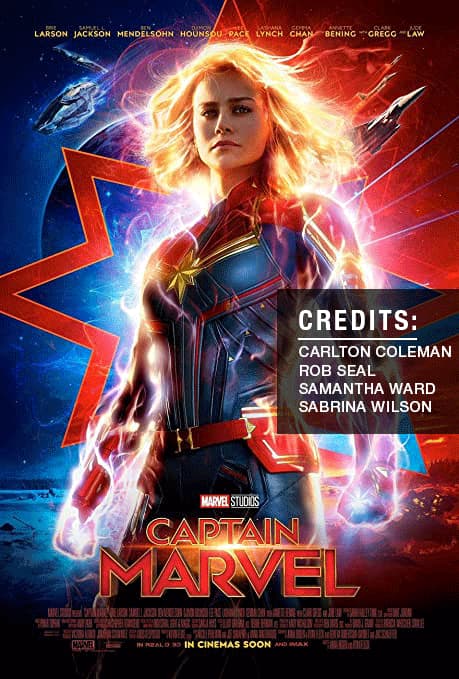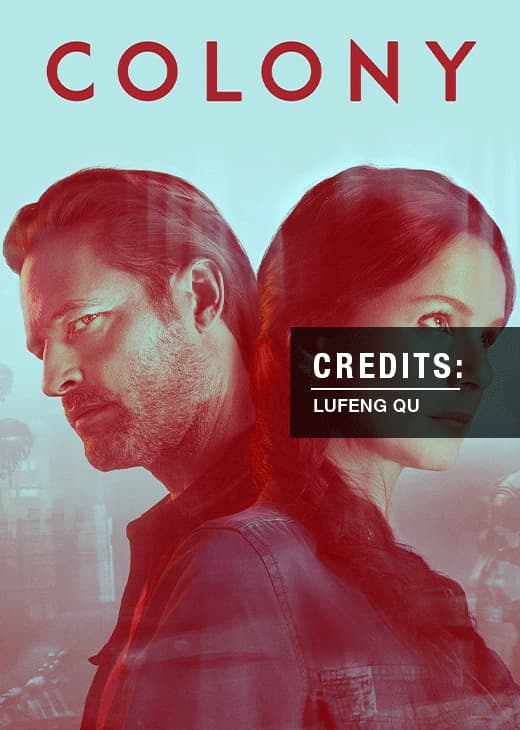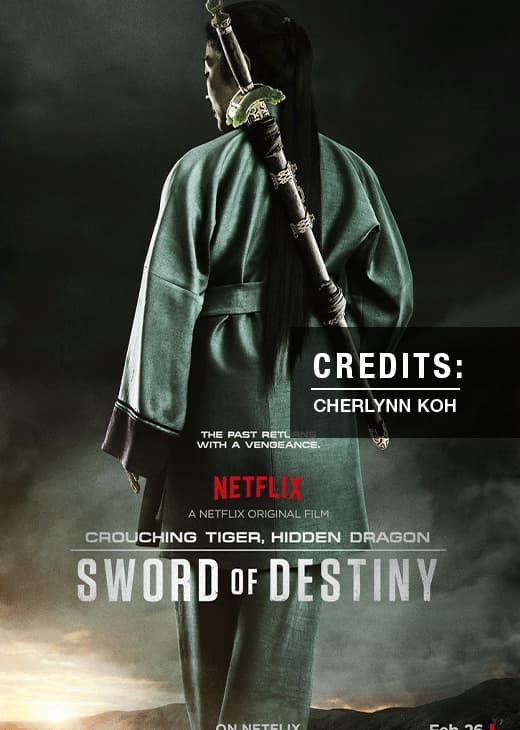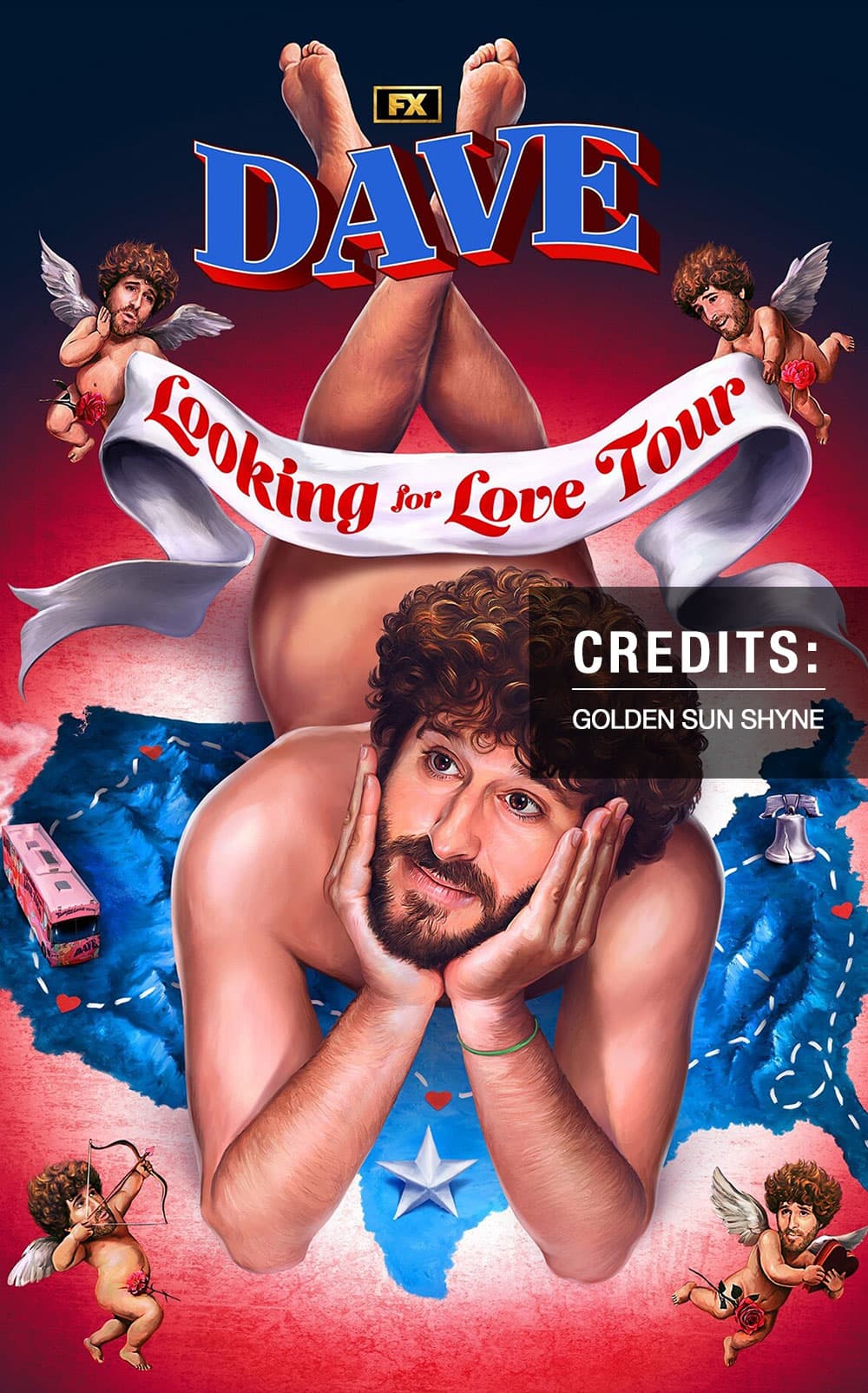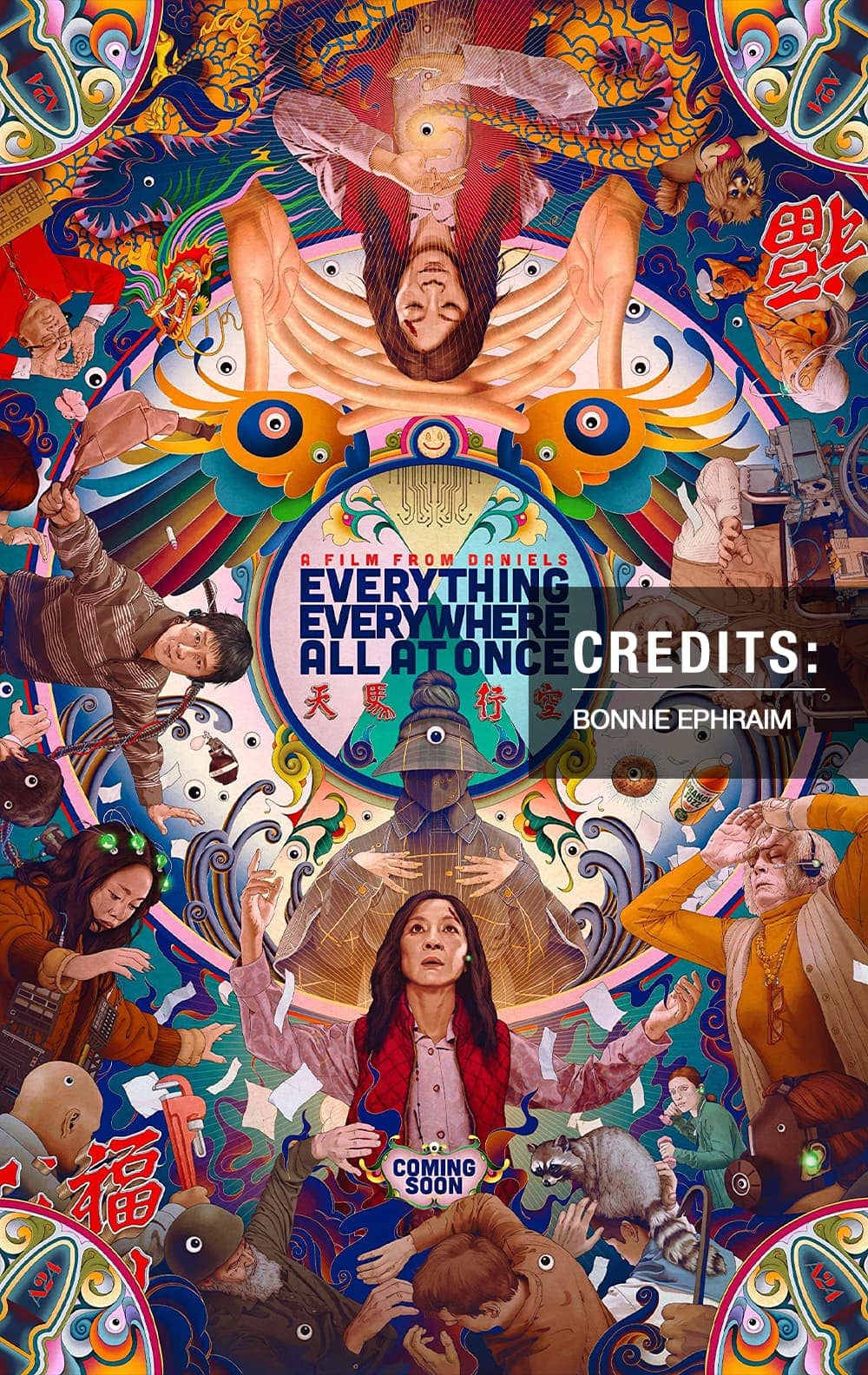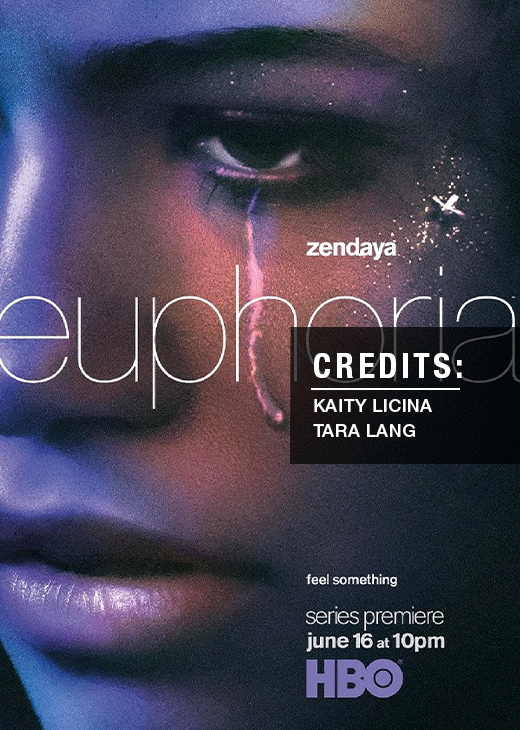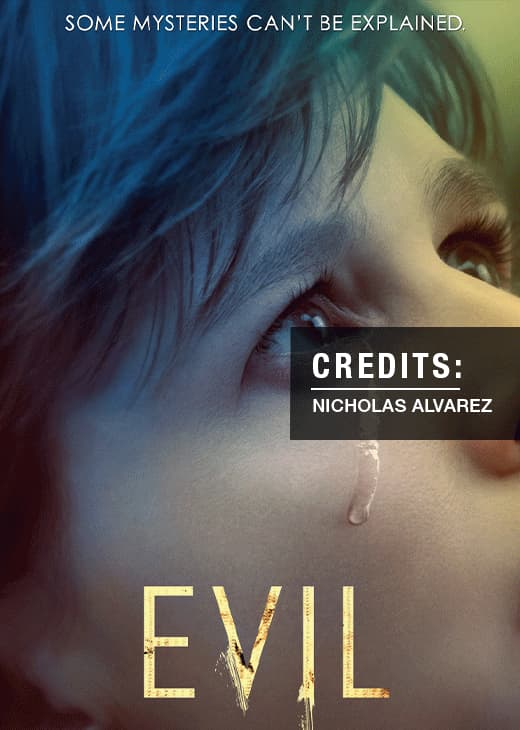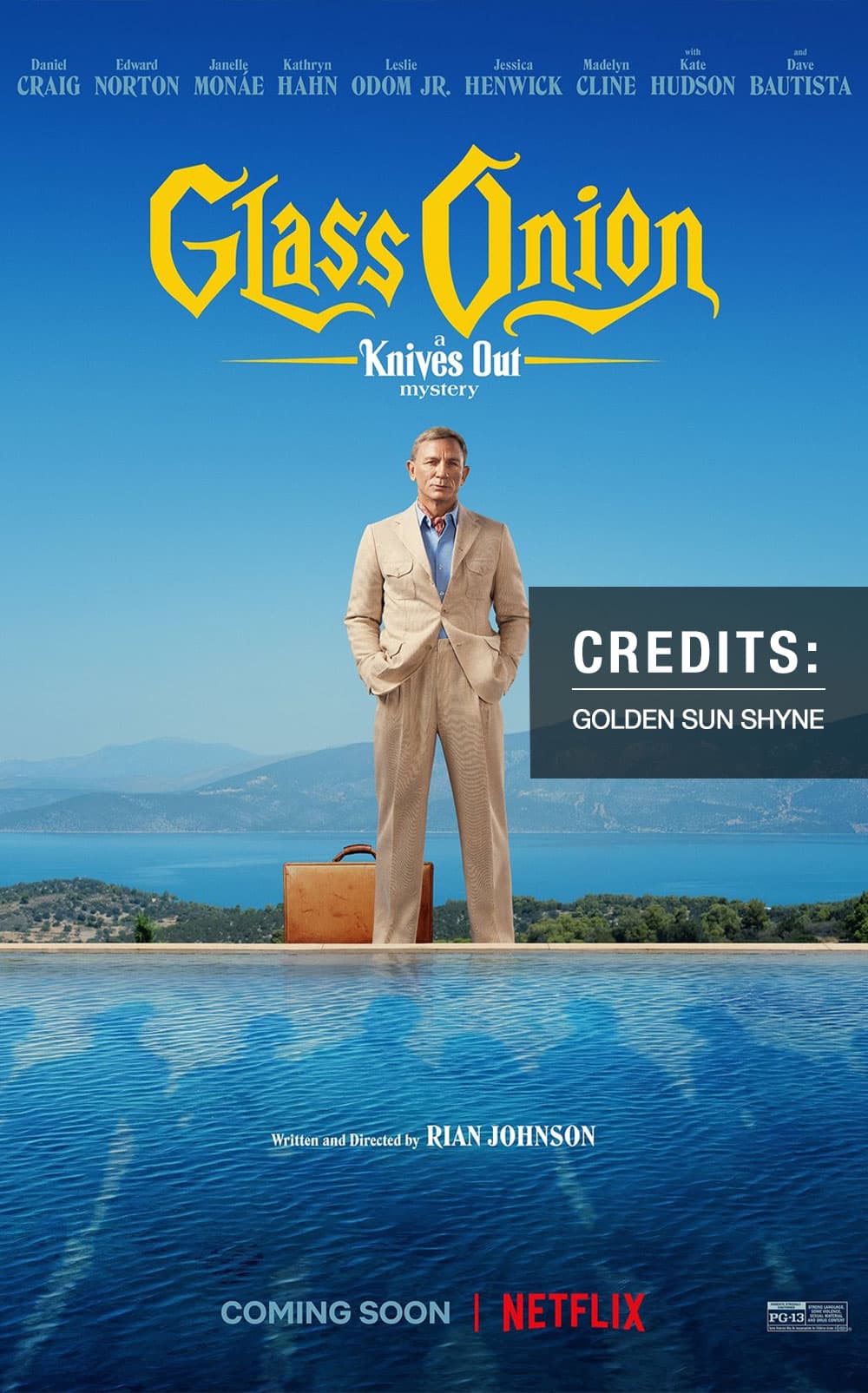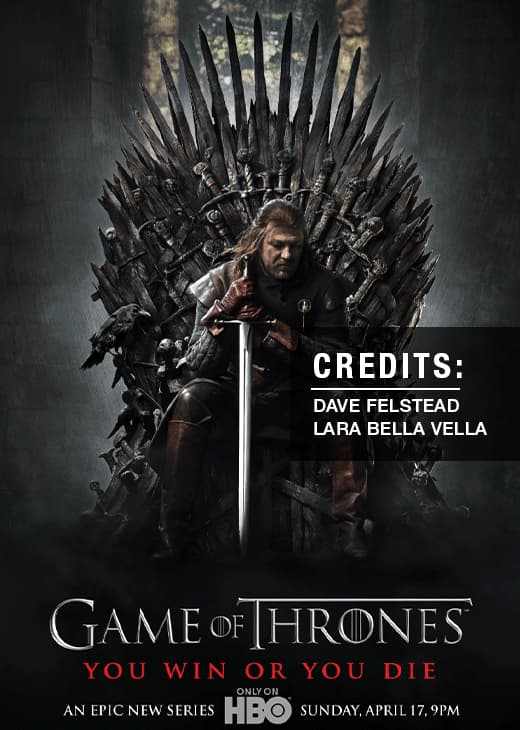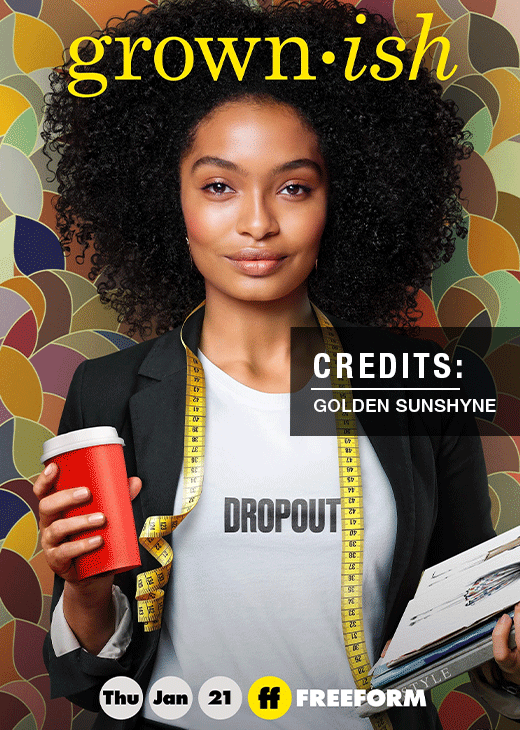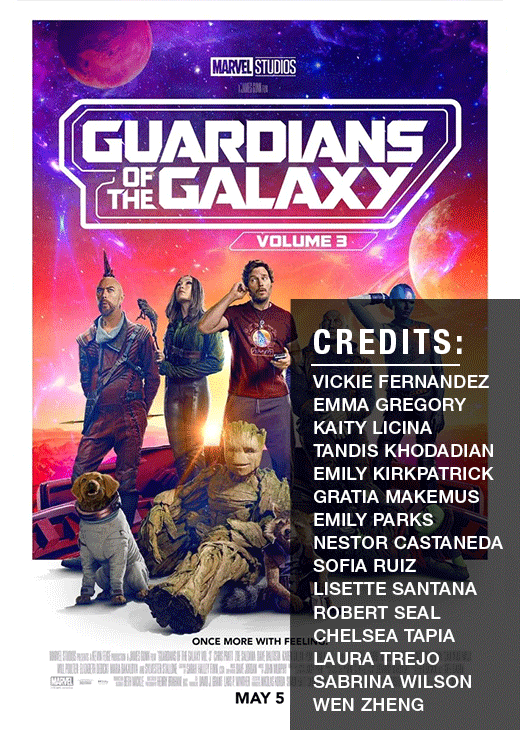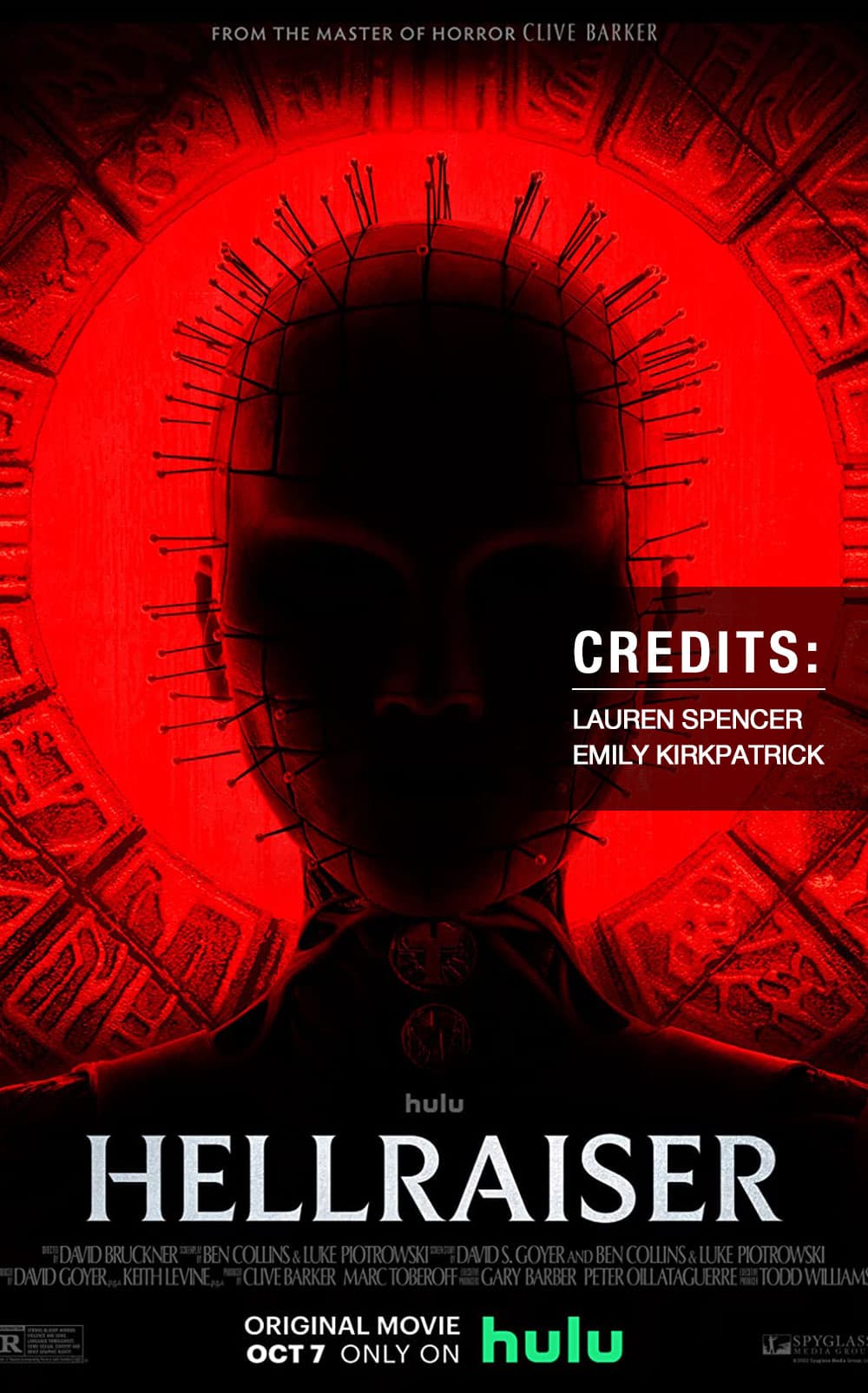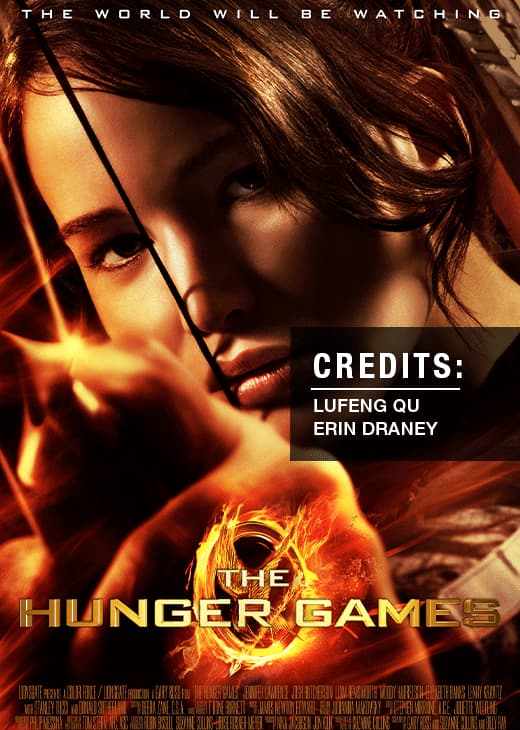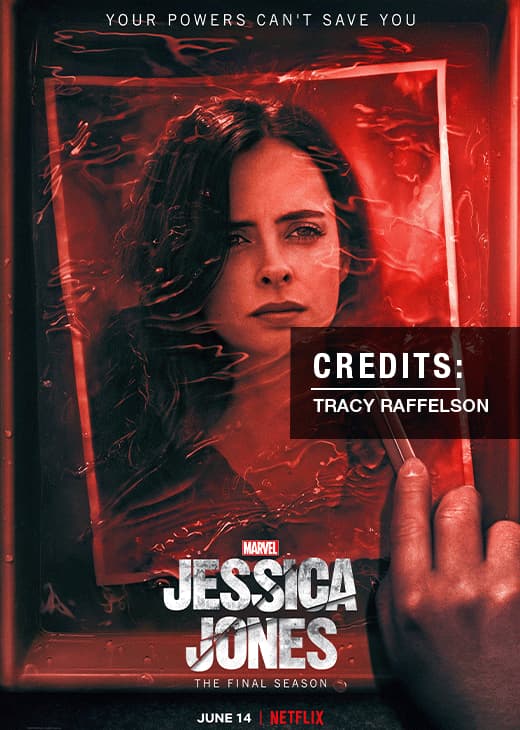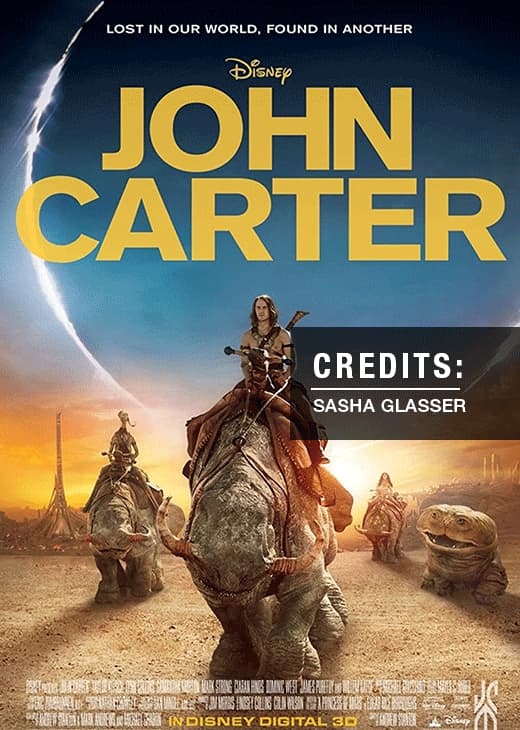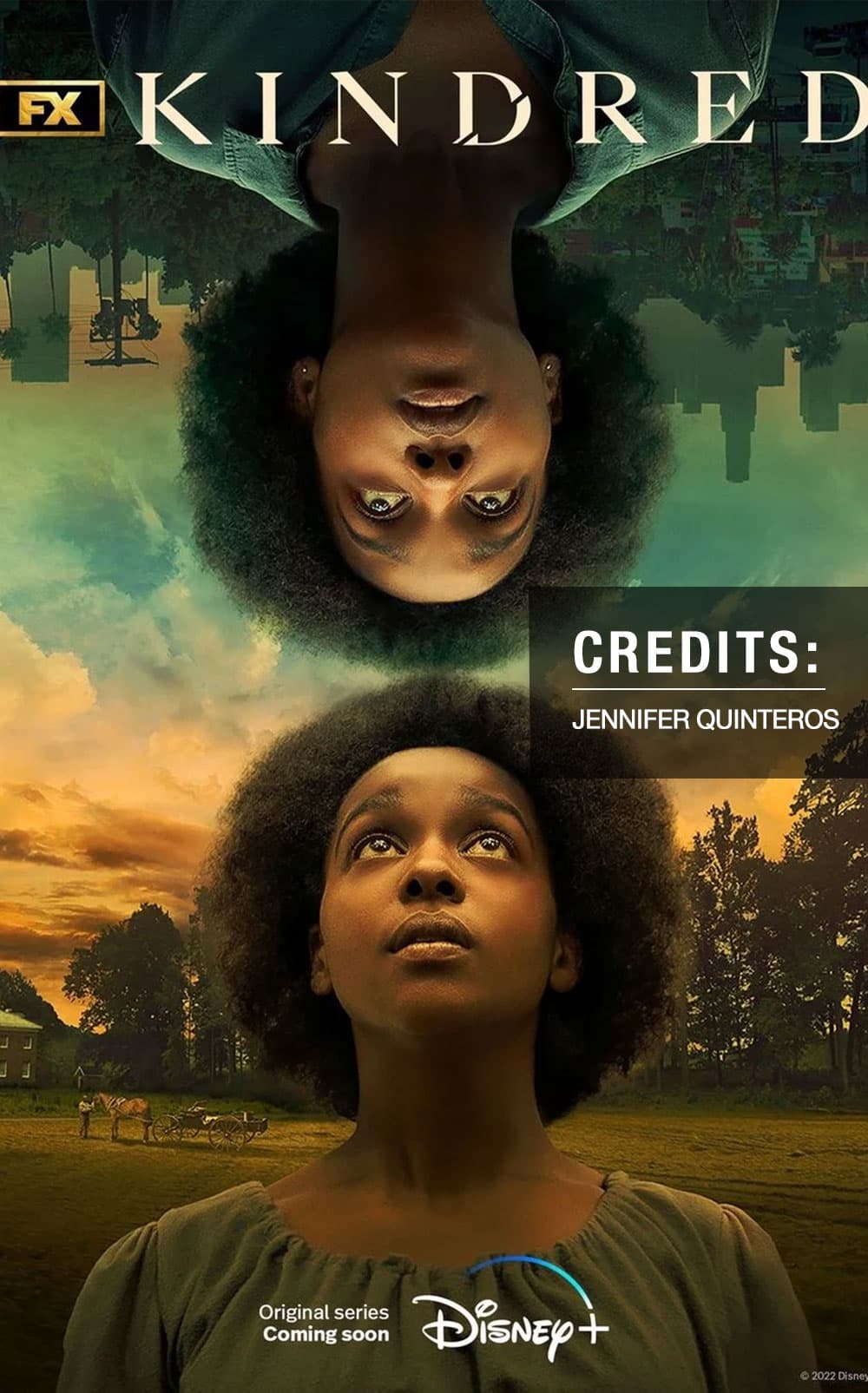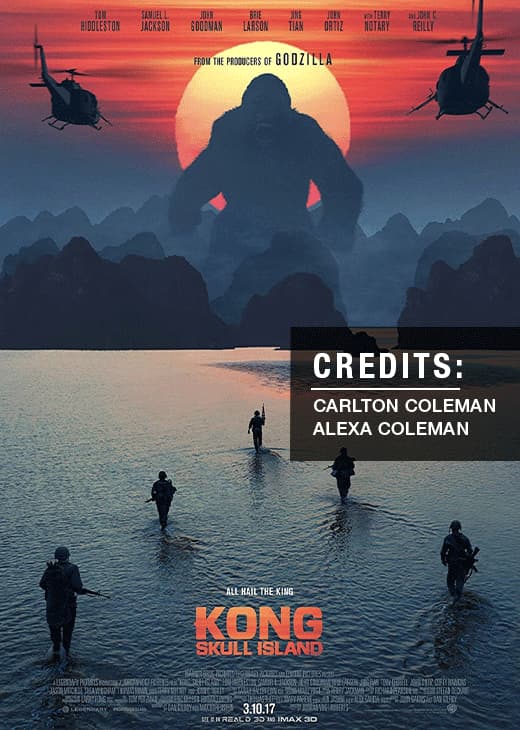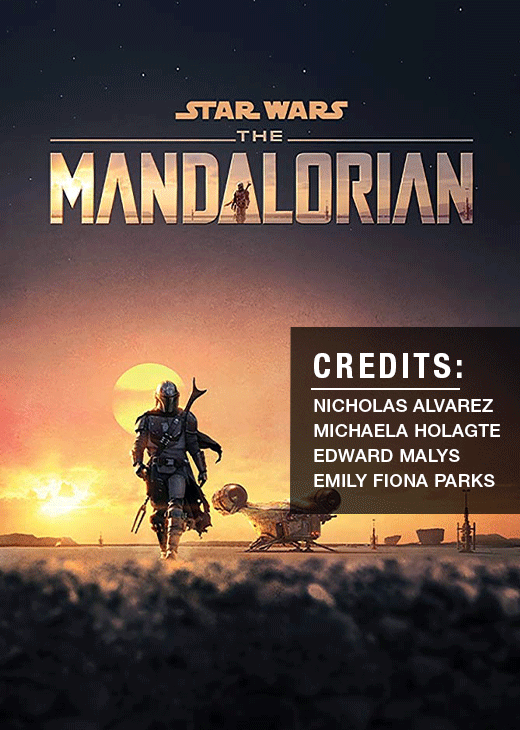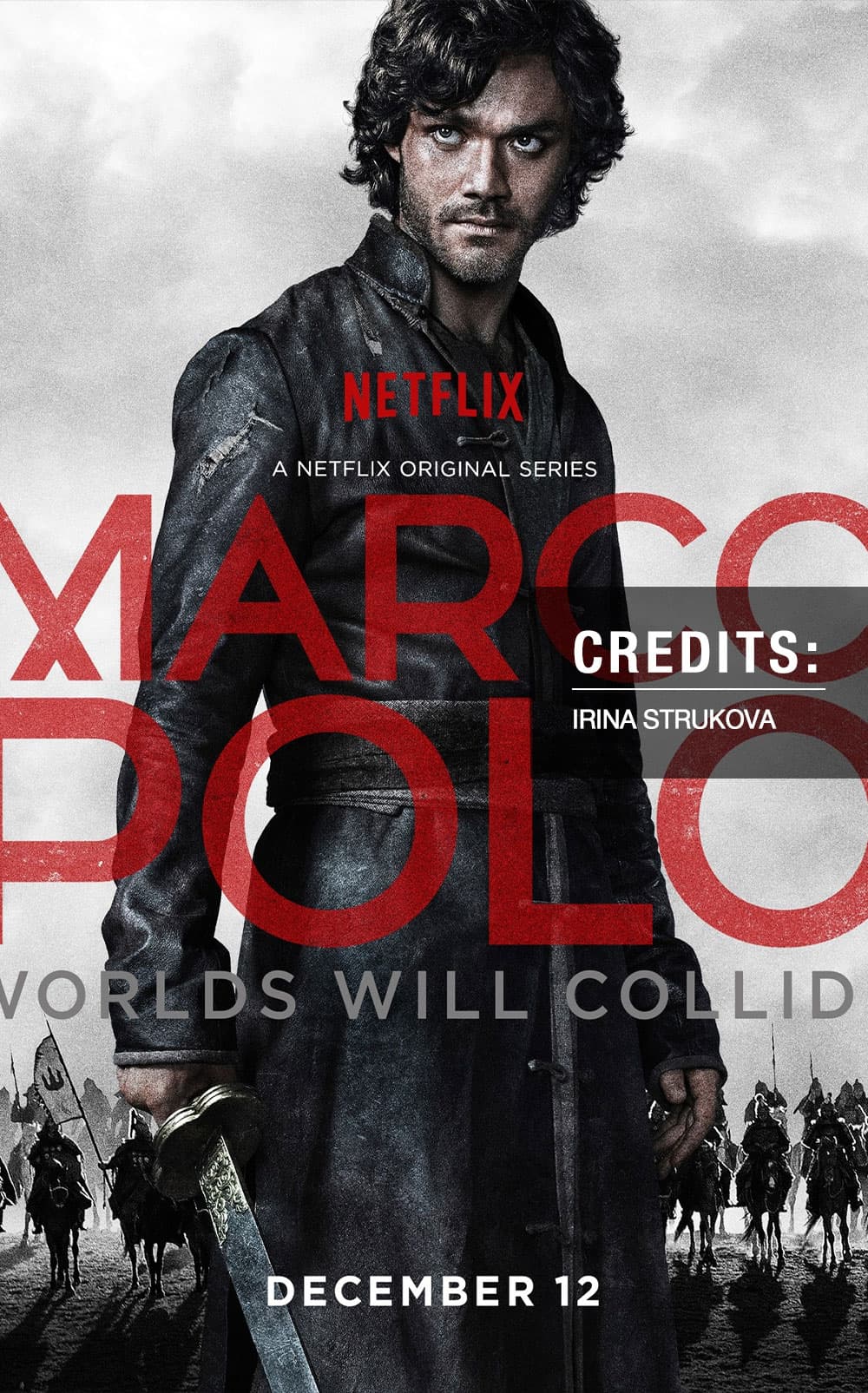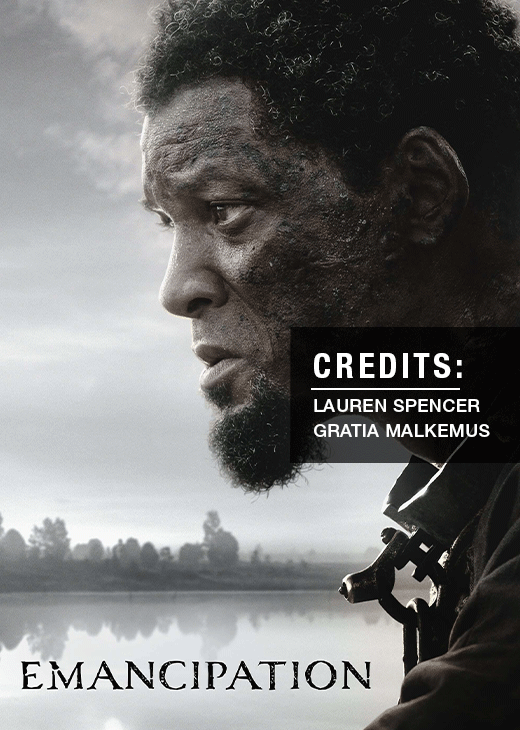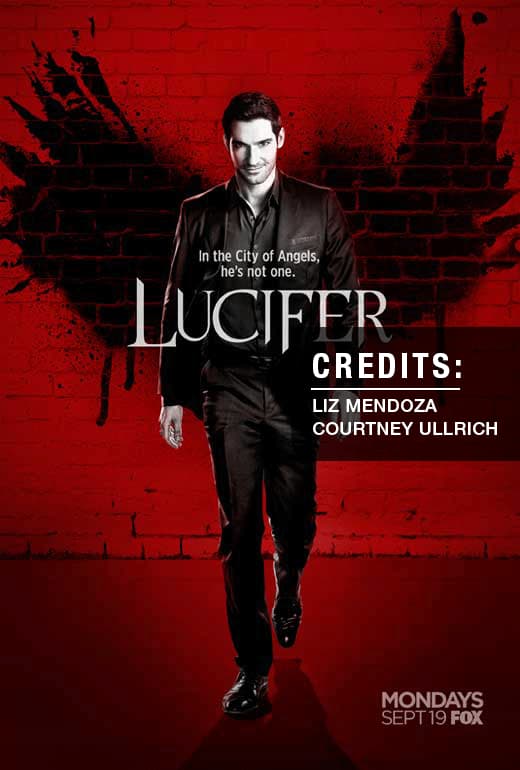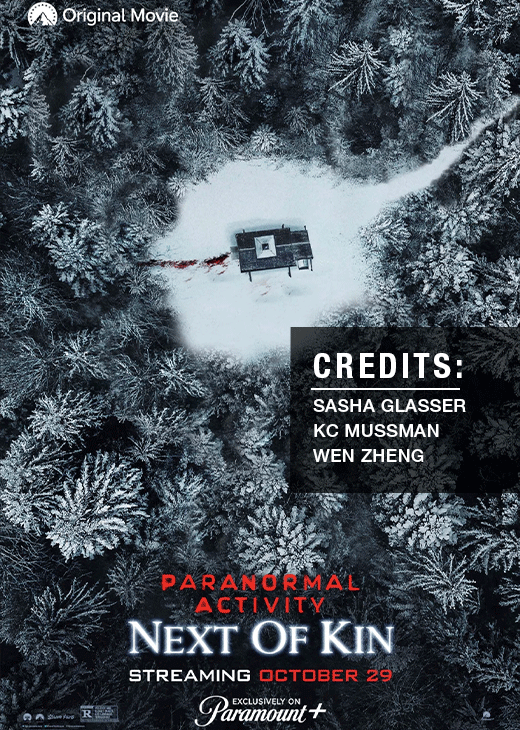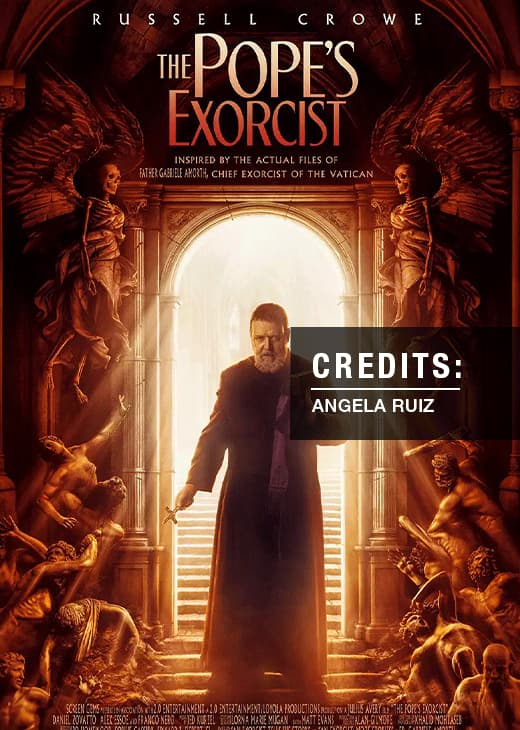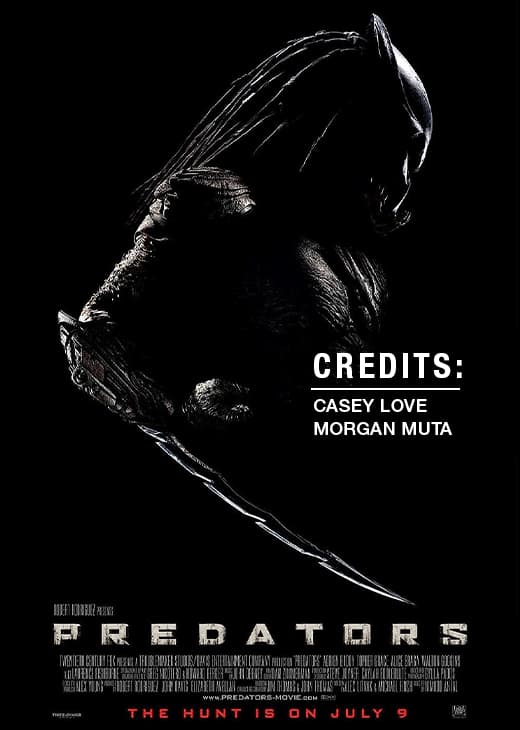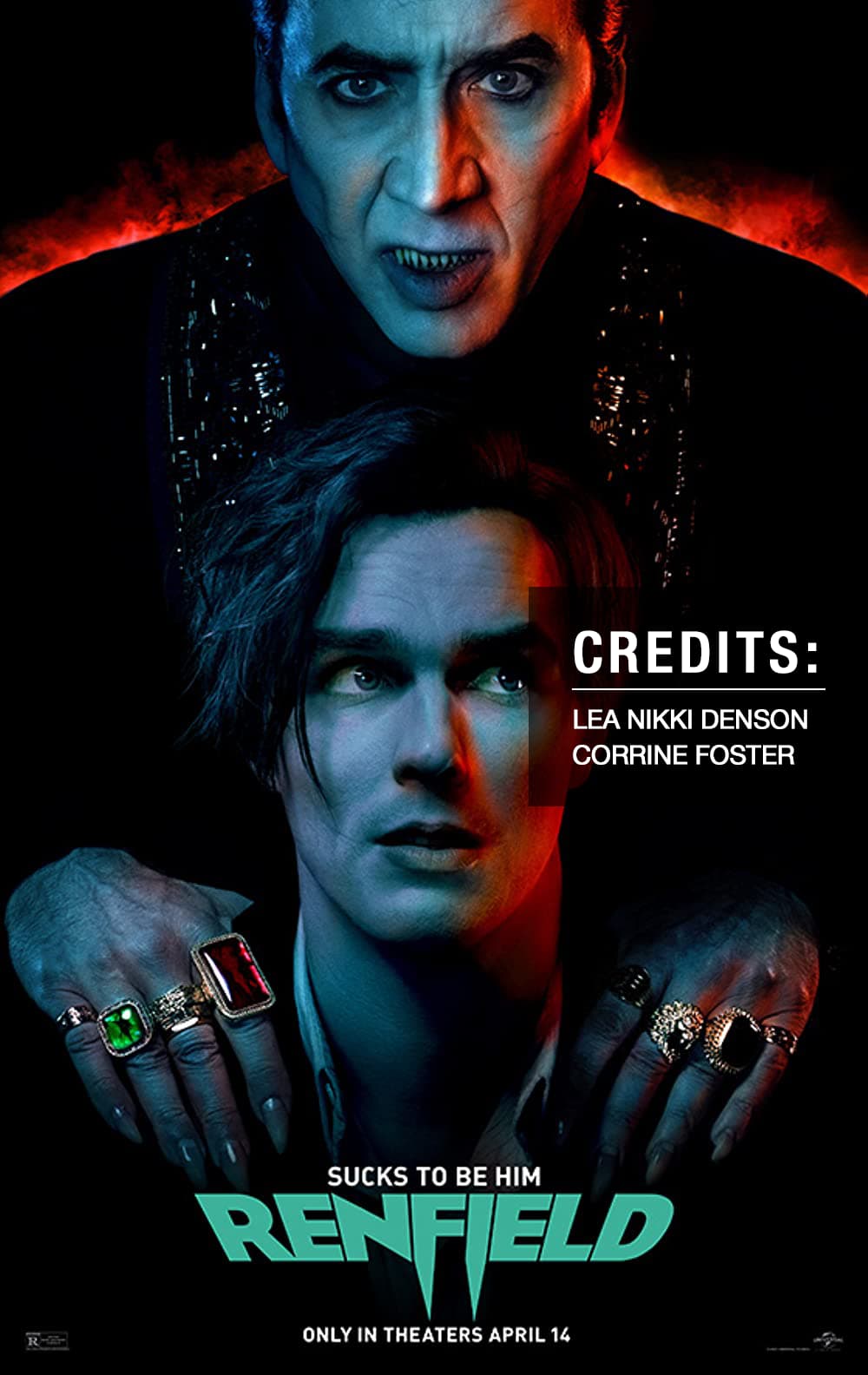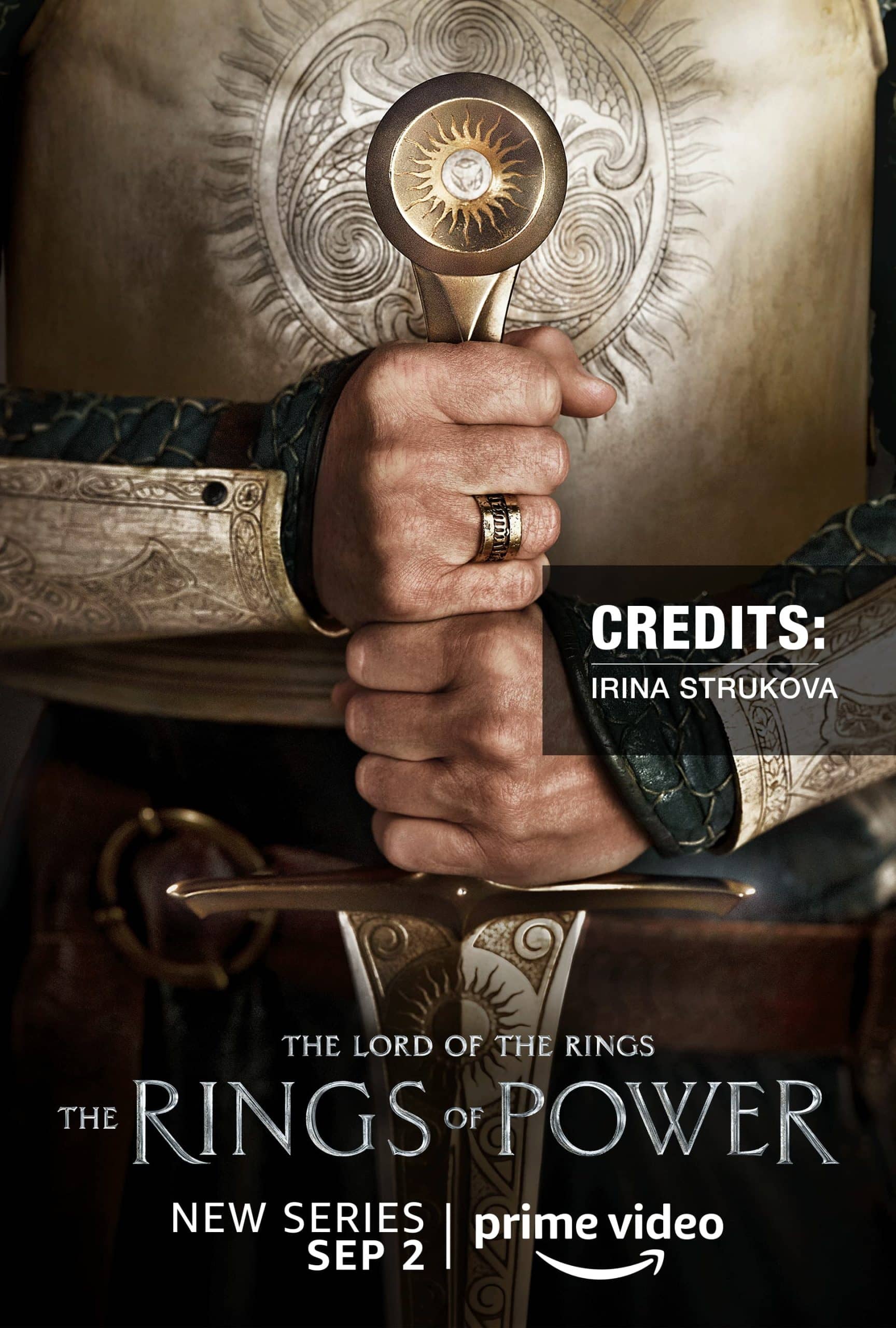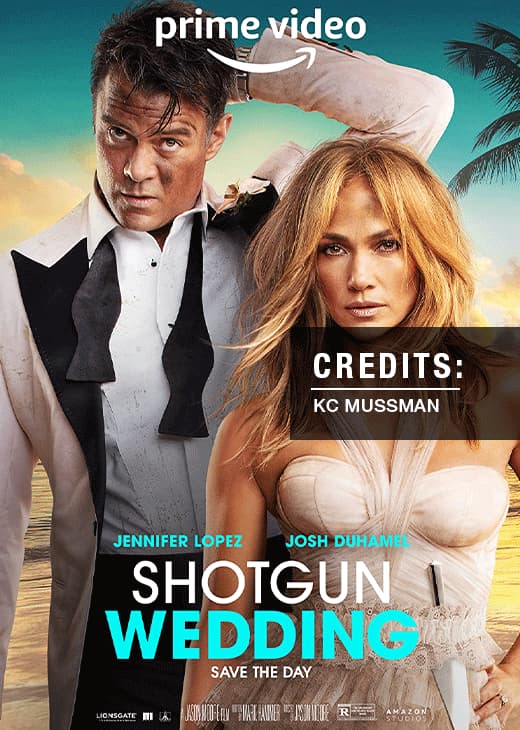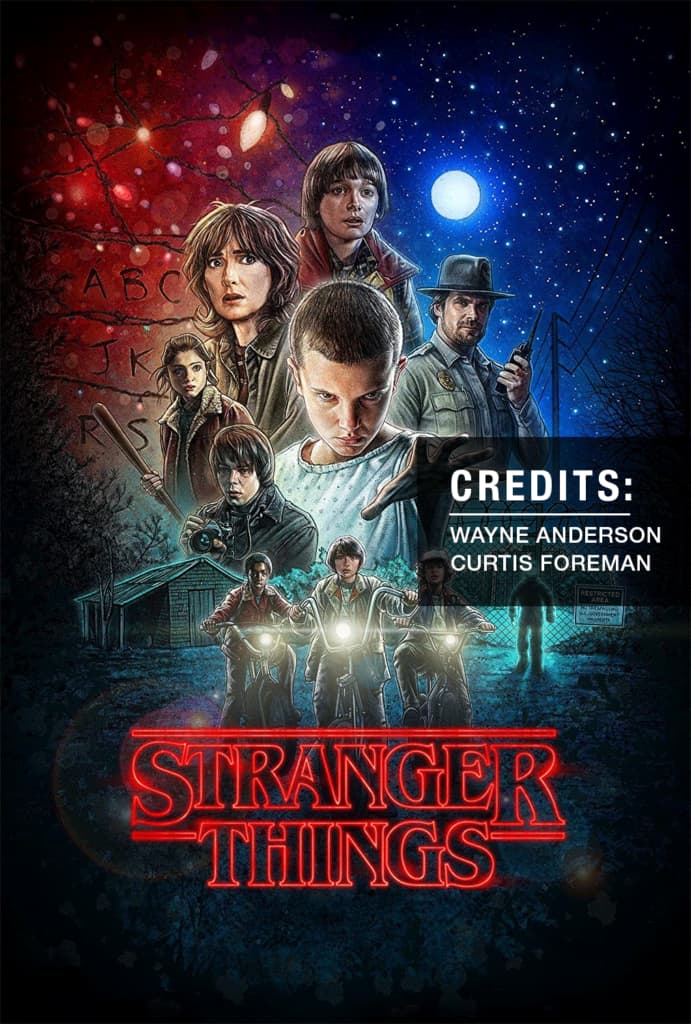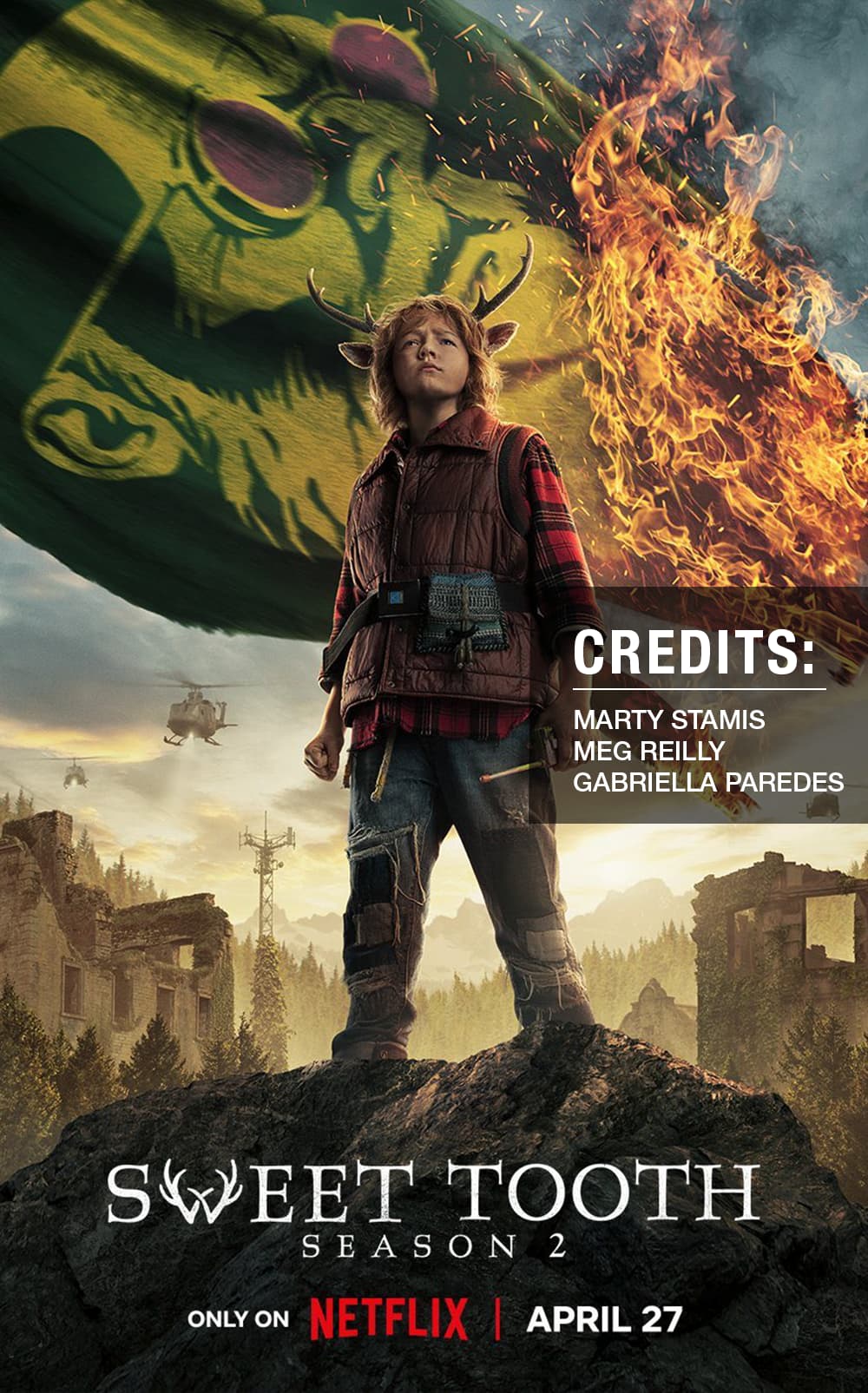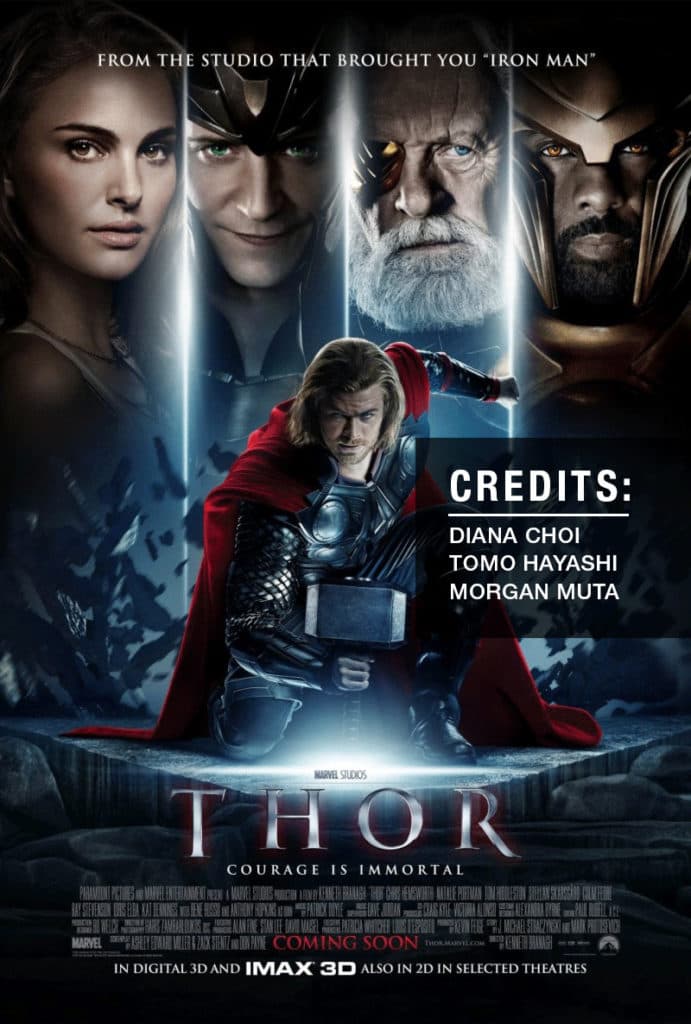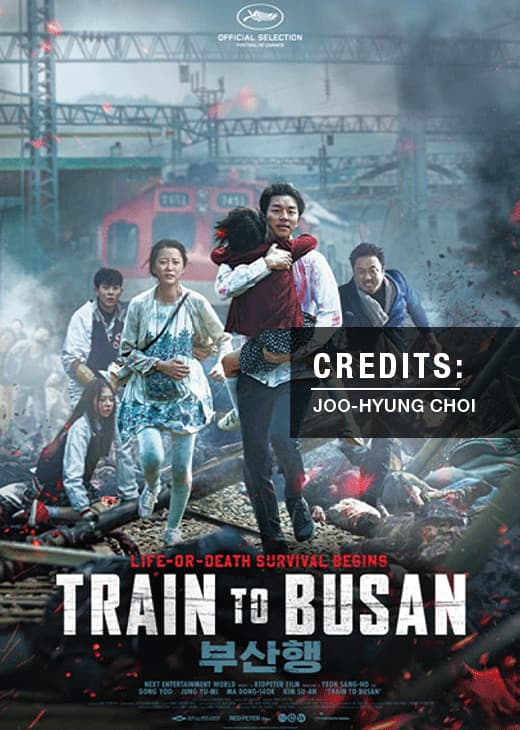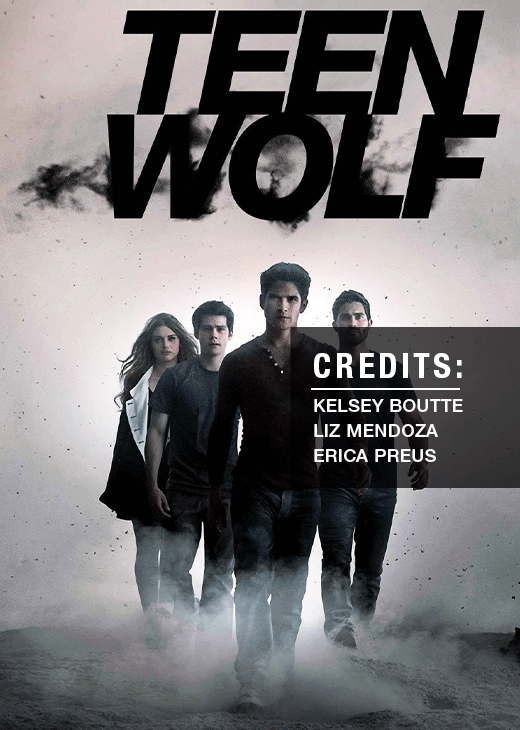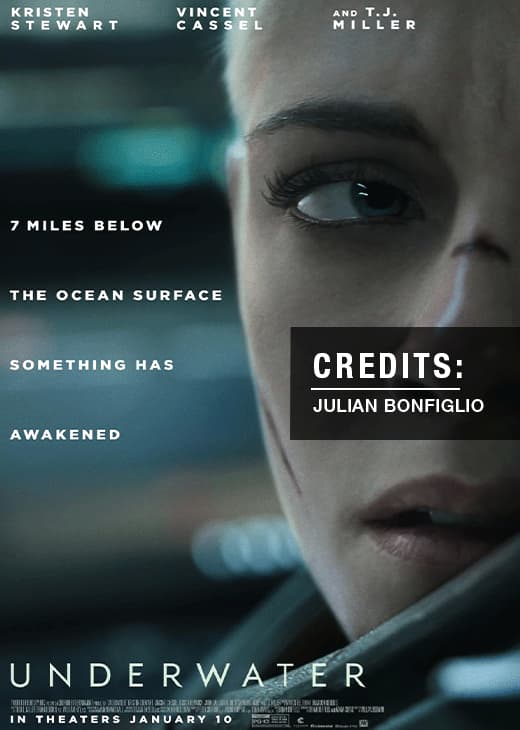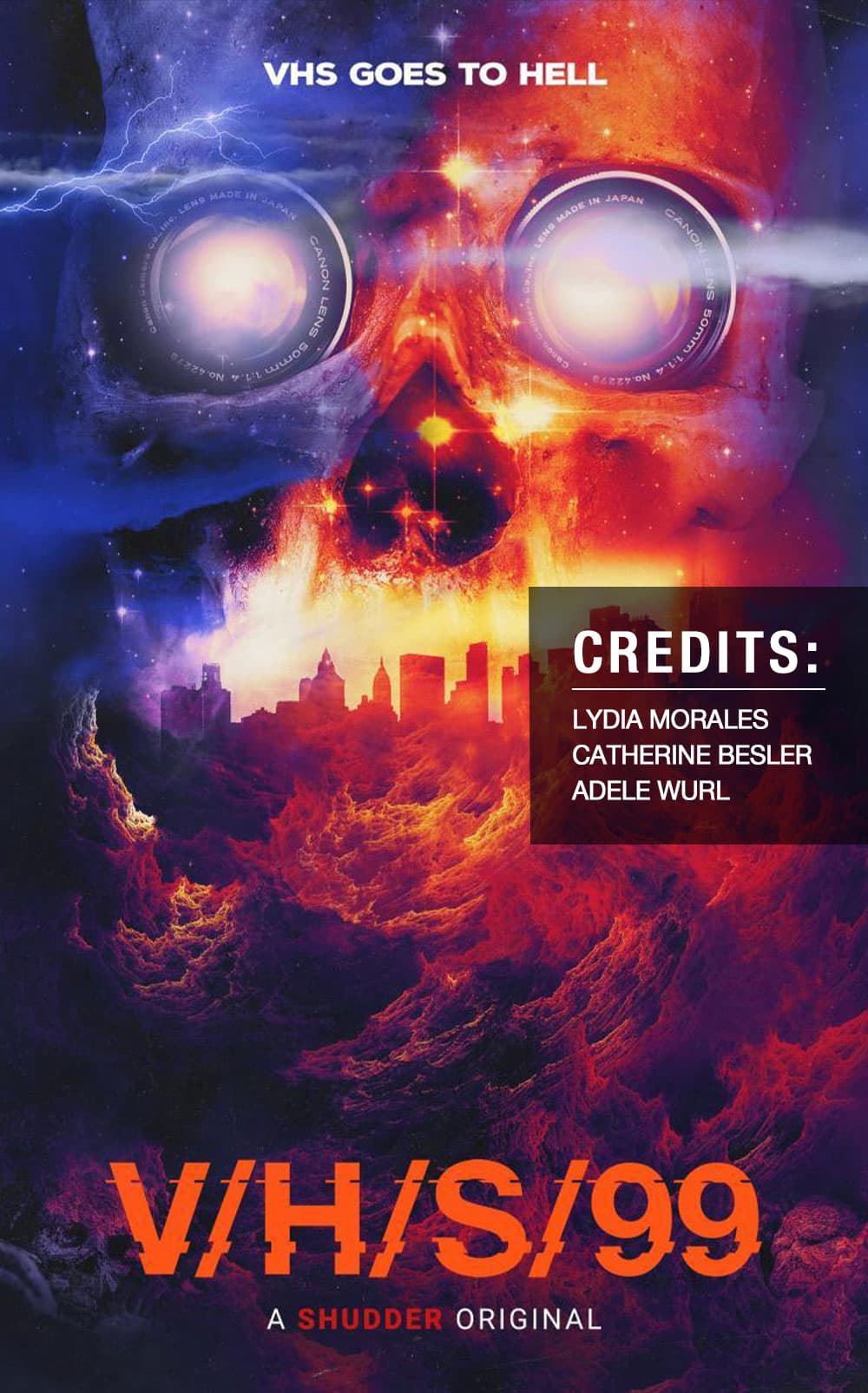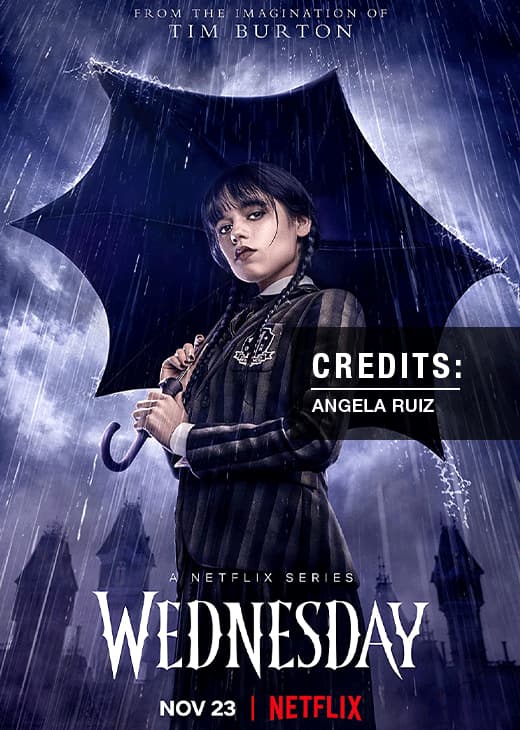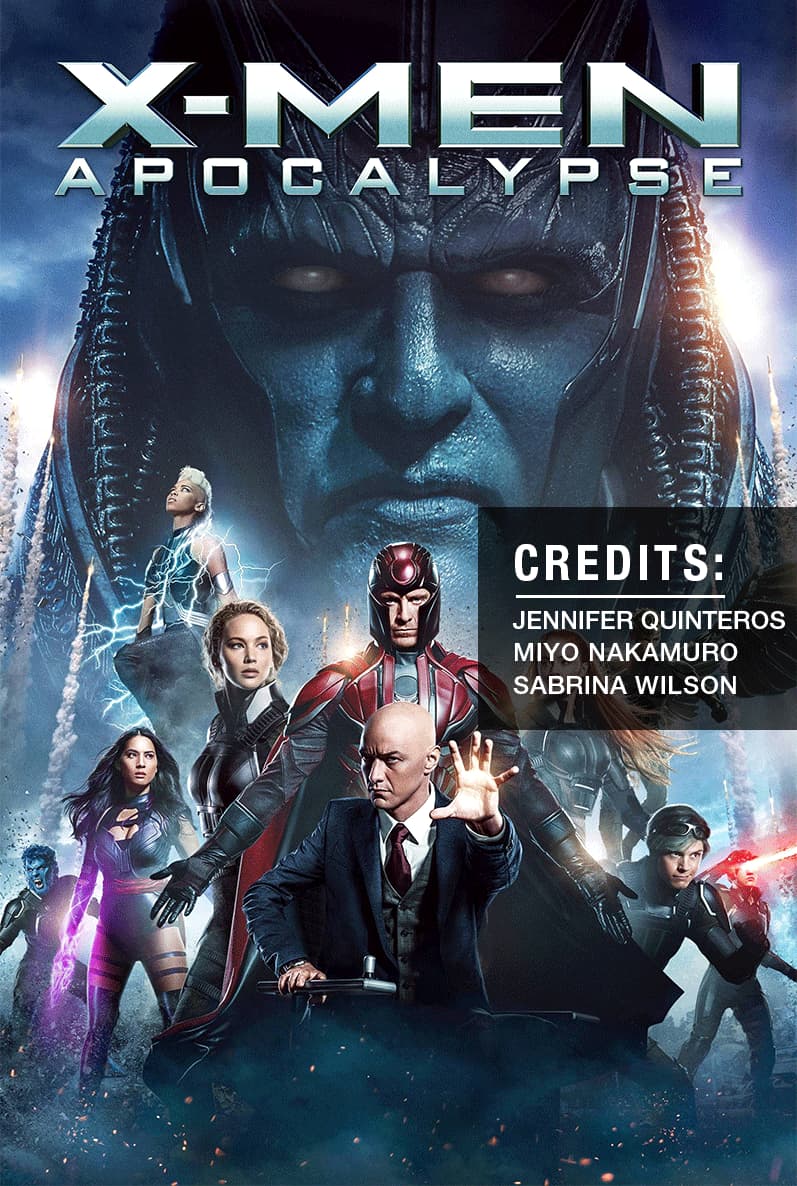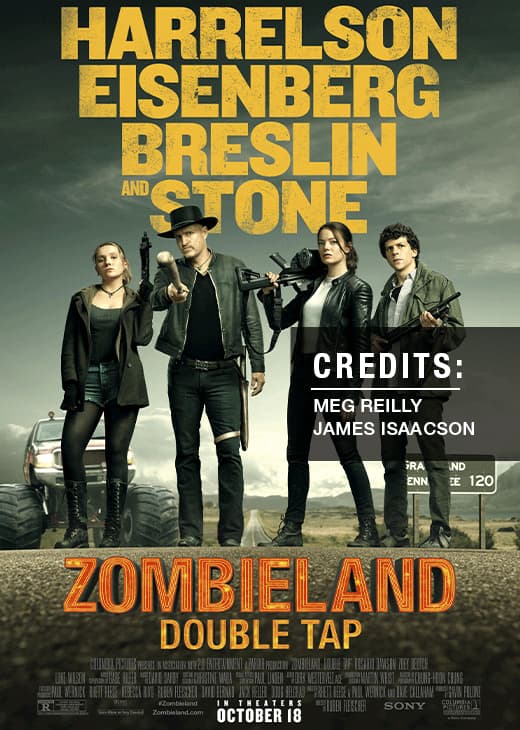Horror movies have always had a unique power to captivate audiences, sending chills down our spines and leaving lasting impressions long after the credits roll. But have you ever wondered how filmmakers create the terrifyingly realistic monsters, gruesome wounds and bone-chilling creatures that make horror films unforgettable?
The answer lies in special FX horror makeup, which has revolutionized the genre over the decades.
From the early days of cinema to today’s high-tech productions, SFX makeup for scary movies has evolved into a sophisticated art form, combining creativity, technical skill and cutting-edge technology. In this blog, we’ll explore how special effects makeup has transformed horror movies, the techniques behind it and why it remains an essential tool for filmmakers.
Role of Makeup Artists in Horror Films
In horror films, makeup artists play a crucial role in bringing characters to life. They transform actors into creatures, monsters, or injured characters using a combination of prosthetics, makeup and special effects techniques. Their work goes beyond simply applying cosmetics; it helps tell the story and gives the audience a visual understanding of a character’s condition, personality, or role in the film.
By creating realistic wounds, scars, burns and realistic prosthetics, makeup artists make characters believable and help the actors fully embody their roles. They work closely with directors, cinematographers and costume designers to ensure that every effect looks right on camera and under different lighting conditions.
Their expertise in special effects makeup allows them to handle everything from subtle injuries to full creature designs, helping filmmakers bring their creative vision to life. In many ways, the success of a horror film depends on their skill and attention to detail, as their work directly affects how audiences experience the story.
How Has Special Effects Makeup Shaped Horror Movies?
Special effects makeup has been a game-changer for horror films, helping filmmakers create visuals that truly scare and immerse audiences. From realistic gore to unforgettable monsters, subtle psychological effects and even the genre’s overall aesthetic, SFX makeup shapes how horror stories are told on screen. Combined with modern digital tools, it allows filmmakers to push boundaries and bring terrifying visions to life like never before.
1. By Creating Believable Gore
One of the most significant contributions of special effects makeup is its ability to simulate injuries, mutilations and decayed bodies in ways that feel immediate and unsettling. From bullet wounds to zombie flesh, SFX makeup adds a tactile, visceral quality that connects directly with the audience.
In today’s horror films, this is often combined with digital FX, which can enhance blood flow, movement, or supernatural elements. Together, they create gore that feels both realistic and larger-than-life, giving filmmakers the freedom to shock and immerse viewers like never before.
2. Designing Memorable Monsters
Horror movies often depend on their creatures. With SFX makeup, artists transform actors into terrifying beings with unique skin textures, exaggerated features, or monstrous proportions. Classic examples include the alien in Alien (1979) and the Predator in Predator (1987). These designs prove how makeup can create monsters that remain unforgettable decades later.
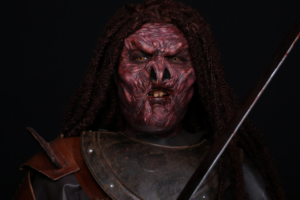
3. Enhancing Psychological Fear
Not all horror relies on blood and monsters. Sometimes the scariest effects are subtle – pale skin, sunken eyes, or twisted facial expressions. With the right makeup, an ordinary character can suddenly look sick, possessed, or otherworldly. These small but powerful changes heighten tension and leave audiences unsettled without showing a drop of blood.
4. Shaping Horror’s Visual Language
The look of horror movies as a genre owes much to Special effects makeup. Gory slashers, gothic possession films, or body-horror classics all developed their distinct aesthetics through makeup innovations that later influenced pop culture, fashion and even Halloween traditions.
5. Combining Makeup with Digital Effects
Today, the most powerful horror moments come from blending SFX makeup with digital tools. Makeup provides the physical base, while digital FX adds enhancements like glowing eyes or impossible movements – together redefining how modern horror shocks its viewers.
Techniques Behind Special FX Horror Makeup
Special FX makeup is a highly technical craft that blends artistry and science. Here are some of the key techniques:
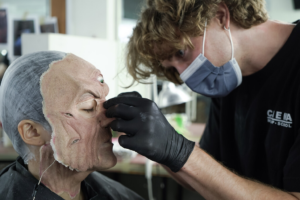
- Prosthetics: Prosthetic appliances made from latex, silicone, or gelatin are molded to fit an actor’s face or body. They can transform human features into grotesque monsters or aging characters, adding depth and realism to horror visuals.
- Blood Effects: Realistic blood is essential for scary movies. Artists create blood with various textures and colors to simulate everything from fresh wounds to decayed flesh.
- Sculpting and Casting: Before prosthetics can be applied, artists sculpt wounds through clay modeling, creating molds that will later cast the prosthetic pieces. This ensures each piece fits perfectly and looks natural on camera.
- Makeup Blending: Seamlessly blending prosthetics with an actor’s skin is critical. Artists use colors, textures and adhesives to hide edges and create a realistic appearance.
Top 5 Scary Movie Makeup Looks That Boosted the Demand for SFX Makeup
Certain iconic makeup looks have played a major role in boosting the popularity of SFX makeup in horror films. From grotesque monsters and decayed zombies to possessed characters, realistic wounds and creepy clowns, these designs have pushed the boundaries of creativity and shown how makeup can make horror feel tangible and unforgettable.
1. Terrifying Monsters
Grotesque skin textures, distorted features and oversized proportions have brought unforgettable monsters to life. These designs turn imagination into reality, leaving audiences horrified yet fascinated.
2. Vampires and the Zombies
From sharp fangs and pale skin to decayed, rotting flesh, vampires and zombies remain timeless. Their designs range from eerie elegance to pure gore, making them a staple in horror cinema.
3. Possessed Souls
Sunken eyes, cracked lips and unnatural facial distortions portray characters under supernatural influence. Subtle but chilling, this style heightens psychological horror and lingers with viewers long after the movie ends.
4. Flesh and Bite Effects
Few effects are as disturbing as torn skin, deep wounds, or realistic bite marks. These gory details created with SFX makeup deliver the raw, visceral edge that CGI alone cannot replicate.
5. Sinister Clowns
Exaggerated smiles, warped features and unsettling color contrasts make creepy clowns both bizarre and terrifying. Their mix of innocence and menace continues to terrify audiences worldwide.
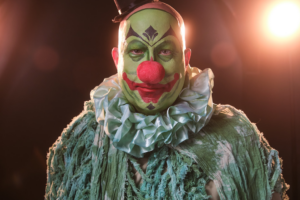
Related Guides:
How to Create Realistic Wounds and Scars with Prosthetics?
What Kind of Clay Is Best for SFX Sculpting?
Why Every Serious Makeup Artist Should Learn Mold-Making Techniques
How Cinema Makeup School Helps You Learn Makeup for Scary Movies?
Creating realistic horror looks requires more than basic makeup skills, it takes practice, guidance and a deep understanding of special effects techniques. At Cinema Makeup School, students get hands-on experience, learning how to craft everything from cuts, bruises and burns to full creature designs and prosthetic transformations.
Through step-by-step training, students explore different materials, textures and application methods that make horror characters believable on screen. Our SFX makeup Instructors with real industry experience provide practical tips and insider techniques, helping students refine their skills and gain confidence in executing complex effects.
By the end of the program, students can create professional-level horror makeup looks, whether it’s subtle injury makeup or a full monster transformation, preparing them for careers in film, television and special FX projects.
Ready to create scary movie makeup and make your mark in your SFX makeup journey? Take a tour of our special effects makeup school in Los Angeles, California.
